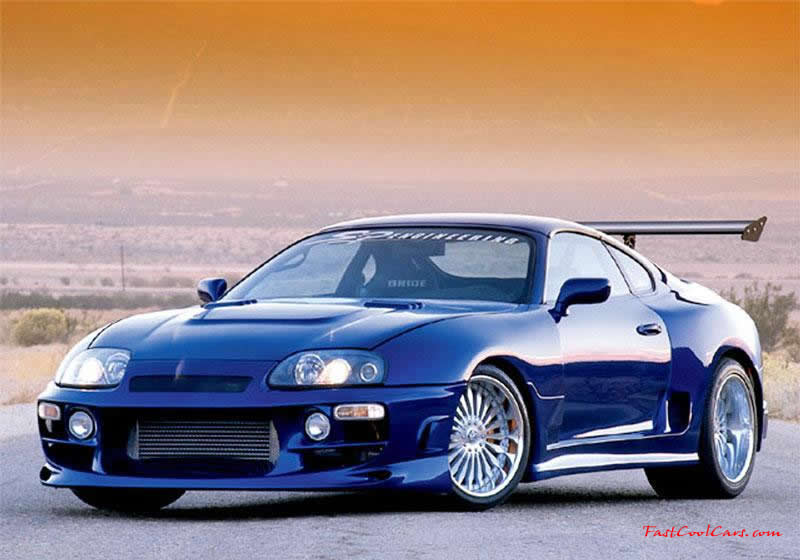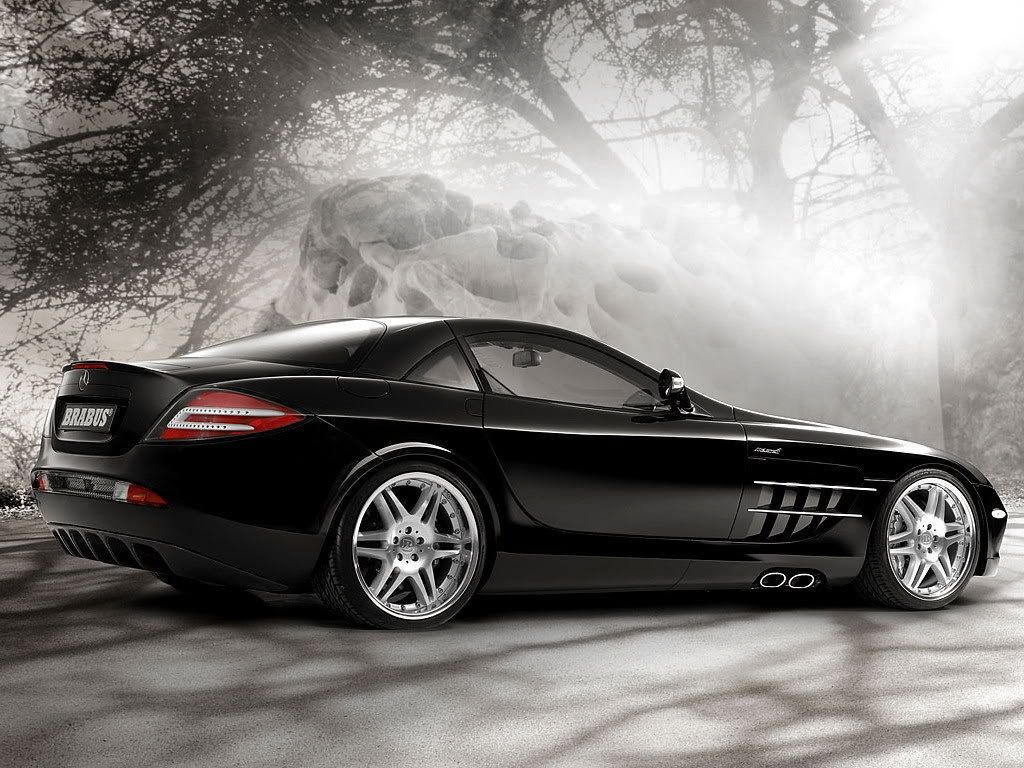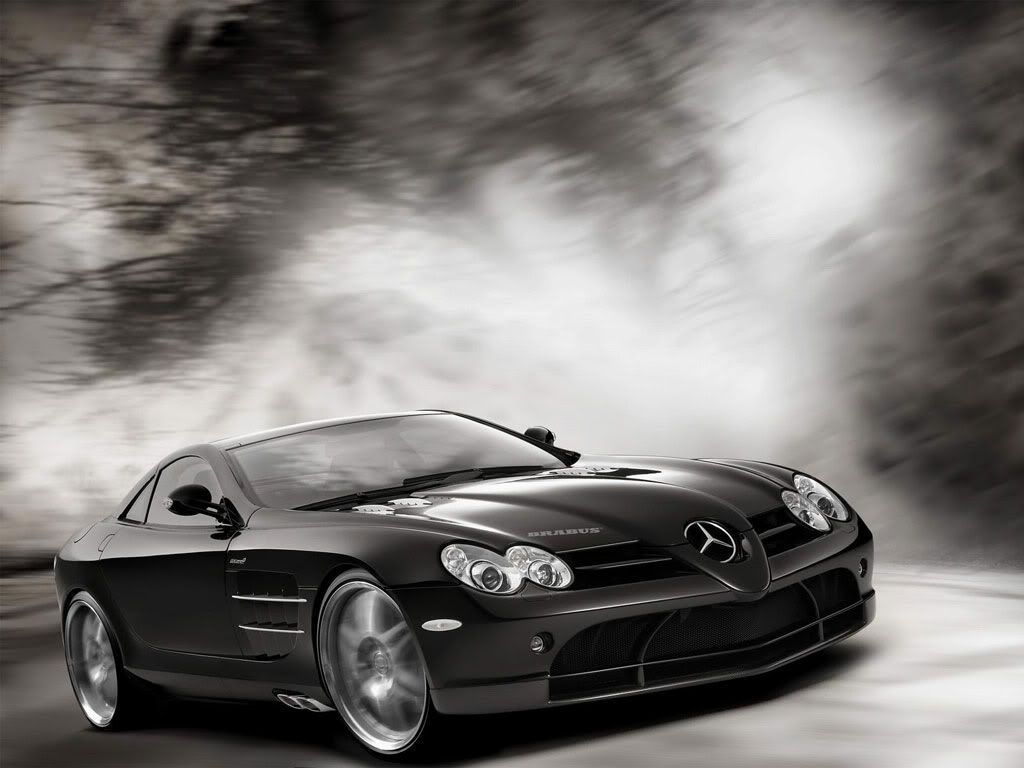


Honda's smallest baby, Jazz, has been on the Europe market since 2001. In the UK, the Jazz clocked up over 161,000 sales. The newcomer is set to follow in the predecessor footsteps when its arrives in November.
Surprisingly, there will be no diesel engines under the bonnet as Honda believes the refinement, fuel economy and performance of its i-VTEC petrol engines justify shunning a diesel. So, the 1.2 and 1.4-litre petrol engines will power the new Jazz at launch and a hybrid will come during 2009, promising no road tax.
Emissions fall from 129g to 120g/km for the 1.2 litre, which is mated to a 5 speed manual. Instead of 78PS, the 1.2 now has 90PS and returns 55.4 mpg combined. The 1.4 litre emits 124g/km from 137g and 139g and is teamed up with Honda's new 6-speed automated manual i-SHIFT transmission that replaces the previous CVT. A 5 speed manual is also optional. Power is increased from 83PS to 100PS and returns 53.3 mpg combined.
The UK Jazz line-up should consist of the entry-level S, followed by the mid-range SE, ES, and rising to the flagship EX. The 1.4 litre EX receives the heat absorbing, panoramic glass-roof with electric shade.
Set to be officially unveiled at the Paris motorshow on the 17th October, prices for the Jazz will start at £10,000, rising to around £14,000 for the 1.4-litre model.
Press Release:
Honda's all-new Jazz is once again set to redefine the B-segment parameters of practicality and interior space. The 5-door hatchback will achieve class leading interior space and combined it with significantly improved fuel economy and 120 g/km CO2 emissions (1.4-litre i-SHIFT and 1.2-litre). The exterior design is at first glance an evolution rather than a revolution, but this subtle change of appearance is only one small part of the thousands of changes that push the all-new Jazz forward. It retains the concepts of the previous Jazz with its centre fuel tank layout and Magic Seats which gave it world beating interior flexibility.
Yet while the best features are retained, including cabin space to rival mid-sized saloons, the new Jazz brings change to every area, raising the bar even further and promising to expand on its success in the supermini segment. The previous generation was given more than fifty awards and has sold over two million around the world since its 2001 launch. A slightly larger, ‘cab forward' style body brings better visibility and means Jazz is even more spacious, benefiting rear legroom and boot space in particular. The Magic Seats now dive down in one easy action and their versatility is now complemented by a new Double-Trunk boot feature in the luggage bay.
There are greater levels of safety equipment including the introduction of Honda's Advanced Compatibility Engineering (ACE) body structure, active front seat head restraints and VSA. Larger wheels, revised suspension and a longer wheelbase/wider track bring greater agility while enhancing ride comfort. And new 90 PS 1.2-litre and 100 PS 1.4-litre i-VTEC engines deliver better performance characteristics while boosting economy to exceptional levels - 5.1 and 5.3 l/100 km combined, respectively. CO2 emissions for both the 1.2-litre and 1.4-litre engines have also been significantly reduced. The 1.2 litre engine now emits just 120g/km (down from 129g/km), while the 1.4 litre produces 123g/km in manual or 120g/km with the i-SHIFT transmission (down from 137g/km)
Greater economy and lower emission from two new engines:
New, more powerful petrol engines, capable of outstanding economy, are designed to appeal to customers who might be downsizing as well as those looking to achieve fuel economy comparable to diesel powered models. Their balance between economy and lively performance are unmatched in the class. Adopting Honda's VTEC technology (Variable Valve Timing and Lift Electronic Control), the new 1.2 and 1.4-litre four-cylinder engines are connected to either a 5-speed manual transmission or, on 1.4 models, Honda's i-SHIFT 6-speed automated manual transmission which includes steering wheel-mounted paddle shifters. Offering 90 PS compared to the 78 PS of its predecessor at a slightly higher 6,000 rpm and torque up from 110 to 114 Nm for improved performance, the 1.2-litre engine nevertheless achieves 5.1 l/100km combined, down from 5.5 l/100km, while CO2 emissions are also improved, reduced from 129 to 120 g/km. It is a similar story with the new 100 PS, 127 Nm 1.4-litre engine. Compared to the previous i-DSI unit which produced 83 PS and 119 Nm, fuel economy is now 5.3 l/100km for the manual model (down from 5.8 l/100km) and an even better 5.1 l/100km when equipped with the i-SHIFT semi-automated manual transmission (5.9 l/100km for the previous 1.4-litre CVT). CO2 output drops to 124 and 120 g/km, respectively (down from 137 and 139 g/km). The new SIL (Shift Indicator Light) fitted to manual models, similar to that found on the new Accord, provides a visual prompt of the best gear shift points to maximise economy.
Transmissions:
The 1.2 and 1.4-litre models are equipped with an evolution of the previous 5-speed manual transmission with gear ratios optimised for a more sporty driving experience while ensuring good fuel economy. Key improvements include a revised clutch pedal stroke, carbon-type synchroniser on third gear to minimise shift load, crisper shifting through reduced clutch disc inertia and improved refinement. Manual transmission-equipped models feature the new SIL (Shift Indicator Light) within the centre of the rev counter, also found on the latest Honda Accord. Providing the driver with a visual prompt of the best gear shift points to maximise economy, it has been demonstrated to provide meaningful fuel economy improvements.
i-SHIFT (6-speed automated manual transmission):
As well as a 5-speed manual gearbox, the 1.4-litre engine can be teamed up with Honda's latest i-SHIFT transmission. The first time a 6-speed automated manual transmission has been offered in this vehicle class, the gearbox offers better fuel economy than is possible with either a true automatic or a CVT (continuously variable transmission). The unit is a development of the system first fitted to the Civic, with improvements made including; reduced gear change times, smoother shifts and more intelligent automatic mode shift logic.
New cab forward styling and increased dimensions:
At 3900 mm long, 1695 mm wide and 1525 mm tall, the new Jazz occupies its own unique niche between superminis and compact MPVs, offering the style of the former and the practicality of the latter. Overall height remains the same, but the length of the new Jazz is up by 55 mm and it is also slightly wider - by 20 mm. A wheelbase increase of 50 mm, and front and rear track increases of 35 mm and 30 mm, respectively, aid handling stability. Despite those increased dimensions, the turning circle at 9.8 m kerb to kerb is no larger than that of the previous Jazz and together with improved visibility, the new car's around town abilities are even better.



























































